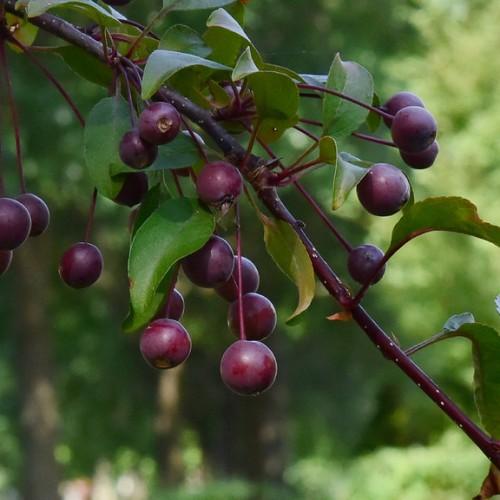
ornamental cherry tree
Prunus (hybrid cvs.)
Cycle:
Perennial
Watering:
Average
Hardiness Zone:
6
Flowers:
Flowers In Spring
Sun:
Full sun
Soil:
Well-drained
Fruits:
Fruits Ready In
Leaf:
Yes
Growth Rate:
Moderate
Drought Tolerant:
Yes
Salt Tolerant:
Yes
watering
Ornamental cherry trees should be watered deeply once a week during the spring and summer months to keep them healthy and happy. In general, 1 inch of water should be applied to the soil per week. To know if the plant has received enough water, check the soil 6 to 8 inches below the surface. If it is dry, add enough water to moisten it. It is also important to be mindful of the weather conditions and adjust your watering schedule accordingly. During dry spells and hot temperatures, the tree may require additional watering. Likewise, during the cooler seasons of autumn and winter, the tree will likely need less water.
sunlight
Ornamental cherry trees need 6 to 8 hours of sunlight each day to thrive. You should give them as much direct light as possible in the morning for the best results. If you must plant them in an area where they won’t get full direct sunlight, as long as they still get bright light throughout the day, they are likely to survive. You should also water the tree regularly and provide adequate drainage to ensure it remains healthy and vibrant.
pruning
The best time to prune an ornamental cherry tree is in the early spring (March through May). Pruning should be light, removing no more than 1/4 of the total living foliage. Young trees require minimal pruning but old trees may need more in order to reduce size or remove dead and diseased branches. Dead, broken, and crossing branches can be removed at any time. When pruning, make sure to remove any suckers growing from near the base of the tree. Additionally, prune any limbs growing below the bottom of your desired canopy height.
